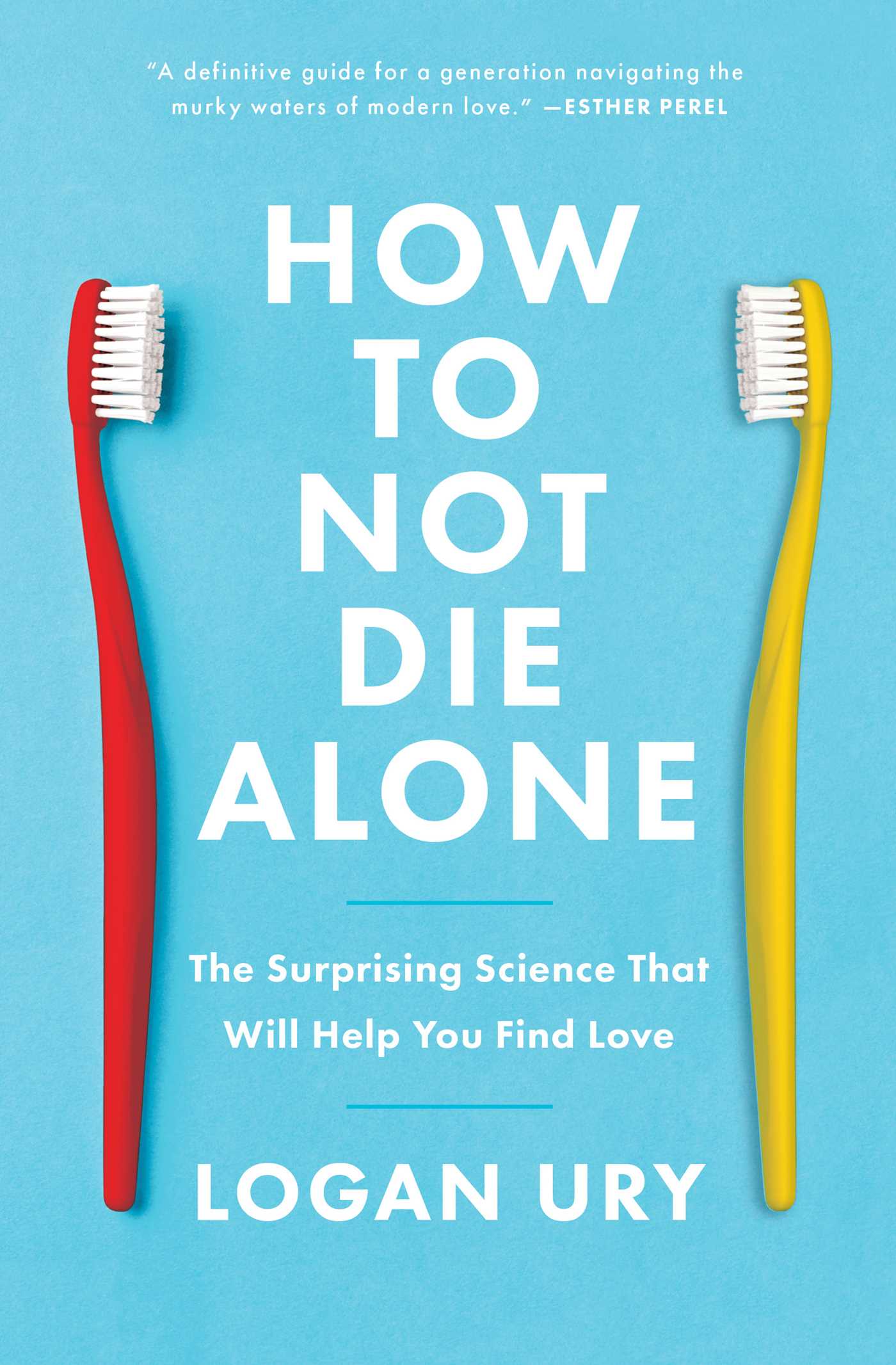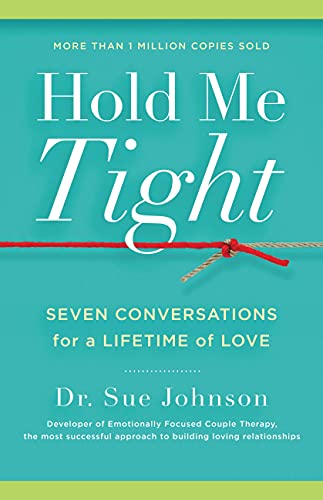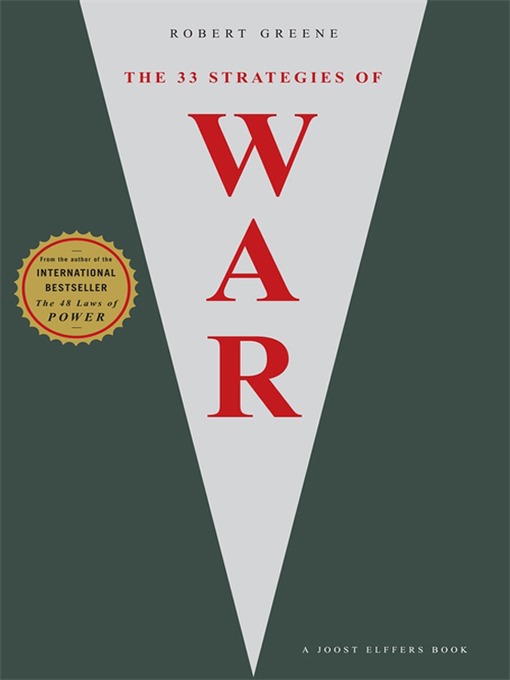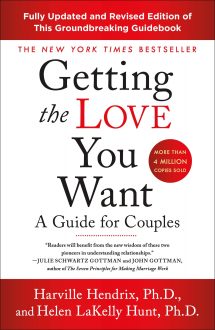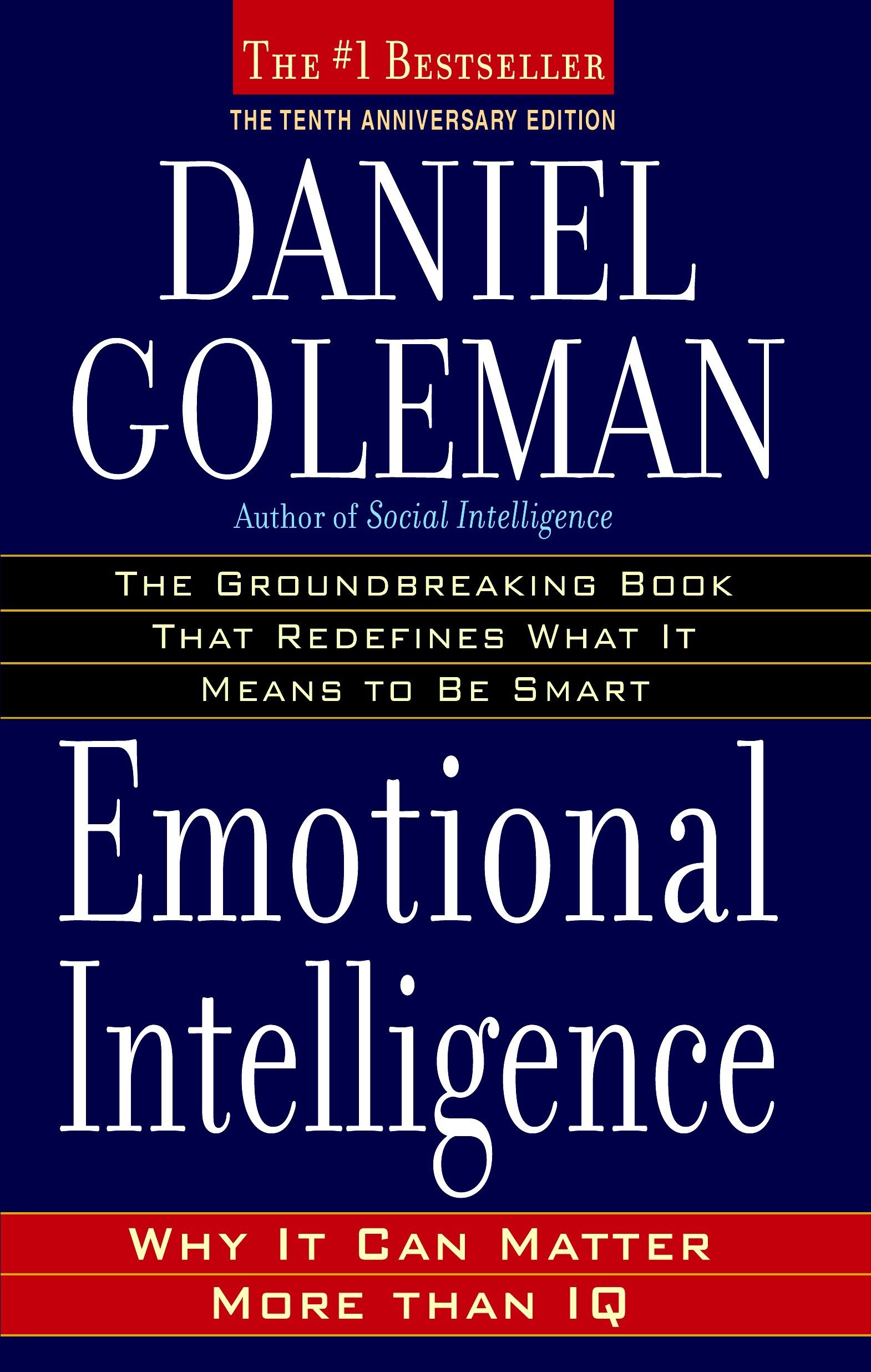White Fragility
by Robin DiAngelo
- Relationships
- Ashto =
- Jonesy =
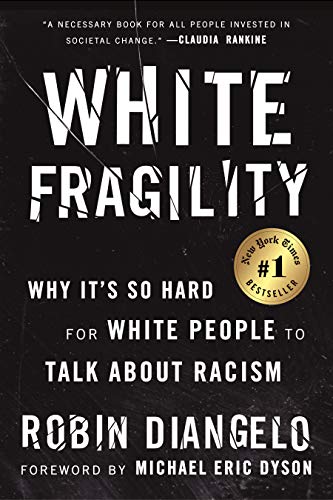
White Fragility shows how the identities of all of the most powerful people in the country are similar: they’re white, male, middle and upper class and able bodied. Acknowledging this may be dismissed as political correctness, but it is still a fact. Those people in the seats of power are making decisions that affect those not sitting at the table.
Identity politics gets a pretty bad wrap. But looking through history, this has proven results. For example, women’s suffrage, the American disability act, Title 9, federal recognition of same sex marriage.
White Fragility is unapologetically rooted in identity politics. She is white, we’re both white. When she uses terms of the white collective, it is jarring for white readers. Because we rarely think about ourselves in racial terms. But rather than retreat, we should face that discomfort. We can practice building stamina for the critical examination of the white identity. A necessary antidote to white fragility.
Her hope is that you may gain insight into why people who identify as white are so difficult in conversations regarding race and/or gain insight into your own racial responses as you navigating the roiling racial waters of life.
Robin tells the story of one of her workshops:
She is a white woman standing next to a black woman. They are in the workplace hired to lead them in a dialogue about race. The room is filled with tension and hostility. Robin has presented a definition of racism that includes the acknowledgement that whites hold social and institutional power over people of colour. He pounds the table and yells:
“A white person can’t get a job anymore!”
She looks around the room and sees 40 employees, 38 are white
Why is the white man so angry? Why is he so careless about the impacts of his anger? Why are the other white people sitting in agreement or tuning out?
White people live in a society that is separate and unequal by race. And white people are the beneficiaries of that separation and inequality. As a result, we are insulated from racial stress. At the time we feel entitled and deserving of that advantage. Given how seldom we experience racial discomfort in a society we dominate, we haven’t built racial stamina. We become highly fragile in conversations about race. We perceive that any attempt to connect us to the system of racism as an unsettling and unfair moral offense. Our reactions are argumentation, silence and withdrawal from the stress inducing situation.
These responses work to reinstate white equilibrium as they repel the challenge, return our racial comfort and maintain our dominance within racial hierarchies. She conceptualizes this process as ‘white fragility’
Thought white fragility is triggered by discomfort and anxiety, it is born of superiority and entitlement. White fragility is not weakness per se. It is a powerful means of racial control and the protection of white advantage.
White Ignorance of Racism
WE DON’T SEE OURSELVES IN RACIAL TERMS
Robin DiAngelo, the author of White Fragility, is a white American raised in the US. I(Jonesy) am a white Australian raised in Australia. I have a white frame of reference and a white worldview, and I move through with white experience
This experience is not a universal human experience. It is a white experience in a society where race matters profoundly. However, like most white people in the US (or Aus, or the UK, or anywhere else where whites dominate) we aren’t taught to see things in white terms. Of course, I was made aware that race mattered, but when discussed, it would be their issue not mine. Being seen racially is a common trigger for white fragility and thus to build our stamina, we must face the first challenge. Naming our race.
Our opinions are uninformed
How can Robin say that if you are white, your opinions on racism are most likely ignorant. When she doesn’t even know you? She can say it because nothing in mainstream culture gives us the information. We need to have the nuanced understanding of arguably the most complex and enduring social dynamic of the last 100 years
In fact when we talk openly about race, it is met with silence, defensiveness, pushback. These are not natural responses. They are social forces that prevent us from attaining the knowledge we need to engage more productively.
We don’t understand socialization
We make sense of perceptions and experiences through a cultural lens. This lens is neither universal nor objective, and without it, a person could not function in a human society. But exploring these cultural frameworks can be particularly challenging in Western culture because of two key Western ideologies, individualism and objectivity
Briefly, individualism holds that we are each unique and stand apart from others. Even those within our social groups. Objectivity tells us that it is possible to be free of all bias. These ideologies make it difficult for white people to explore the collective aspects of the white experience
Individualism is a story line that creates, communicates, reproduces, and reinforces the concept that each of us is a unique individual that our group memberships, such as race, class or gender, are irrelevant to our opportunities.
But because our society’s emphasis on individuality, many of us are unskilled on reflecting on group memberships. To understand race relations today, we must push against our conditioning and grapple with how and why racial group memberships matter
For many white people, the mere title of the book will cause resistance because she is breaking the cardinal rule of individualism – “she is generalizing”. She is proceeding as if she could know anything about someone just because the person is white. Right now you may be thinking all of the ways you are different to other white people. And that if she just knew how you had to come to this country, or were close to these people, grew up in this neighbourhood, endured this struggle, or had this experience. Then you’d know that you were different. That you were not racist.
Racial Problems – Society Level
White Fragility shows that the system of racism begins with ideology. Which refers to the big ideas that are reinforced throughout society. From birth, we are conditioned into accepting and not questioning these ideas. Ideology is reinforced across society. For example in schools and textbooks, political speeches, movies, advertising, holiday celebrations and words and phrases.
These ideas are also reinforced through social penalties when someone questions an ideology and through the limited availability of alternative ideas because these ideas are constantly reinforced, they are very hard to avoid believing and internalizing. Examples of one included individualism, the superiority of capitalism as an economic system and democracy as a political system, consumerism as a lifestyle, and meritocracy (anyone can succeed if they work hard).
The racial ideology that circulates in the US rationalizes racial hierarchies as the outcome of a natural order resulting from either genetics or individual effort, or talent. Those who don’t succeed are just not as naturally capable, deserving or hardworking
Racism is deeply embedded into the fabric of our society. It isn’t a single act or person. It doesn’t move back and forth, like one day it benefits the black people more. The direction of power between white people and people of colour is historical, traditional, and normalized in ideology. People of colour may also hold prejudices and discriminate against white people, but they lack the social and institutional power that transforms their prejudice and discrimination into racism. The impact of their prejudice on whites is temporary and contextual
People of colour may also hold prejudices and discriminate against their own. Racism is a society-wide dynamic that occurs at the group level. When she says whites are only the ones racist, she means that they are the ones who have the collective social and institutional power and privilege over people of colour.
For example, White Fragility looks at the racial breakdown of the people who control our institutions, we see telling numbers (2016-2017)
- Ten richest Americans: 100% white
- Us congress
- 90% white
- US governers
- 96% white
- President and vice president
- 100% white
- US presidential cabinet
- 91% white
- People who decide which TV shows we see
- 93% white
- People who decide which news is covered
- 85% white
- People who decide which books we read
- 90% white
- Teachers
- 82% white
These numbers are not describing minor organizations. Nor are these institutions special interest groups. The groups are the most powerful in the country. They represent power and control by a racial group that is in the position to disseminate and protect its own self image, worldview and interests across the entire society
Consider this statistic. Of the hundred top grossing films worldwide in 2016, 95 were directed by white Americans. That is an incredibly homogeneous group of directors. Because these men are most likely at the top of the social hierarchy in terms of race, class, gender, they are the least likely to have a wide variety of authentic egalitarian cross racial relationships.
Where do we go from here?
When white people ask Robin, what to do about racism and white fragility… The first thing Robin asks is “what has enabled you to be a full educated, professional adult and not know what to do about racism”. It is a sincere question. How have we managed to not know when the information is around us. When people of colour have been telling us for years? If we take that question seriously we map out.
White people do have knowledge of aspects of race and racism. And we can easily unearth this knowledge with some minimal reflection. For example, we can reflect on messages we have received, privileges we enjoy, how we came to be socialized to be superior and how all of this may be manifesting in our lives
Because you will never be completely free of racism or finished with your learning, some of the things you can do when white fragility surfaces: Breathe, Listen, Reflect. Seek out someone with a stronger analysis if you feel confused. Take the time you need to process your feelings, but do return the situation and the persons involved.




